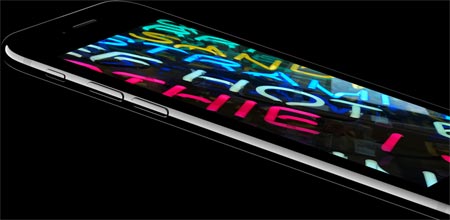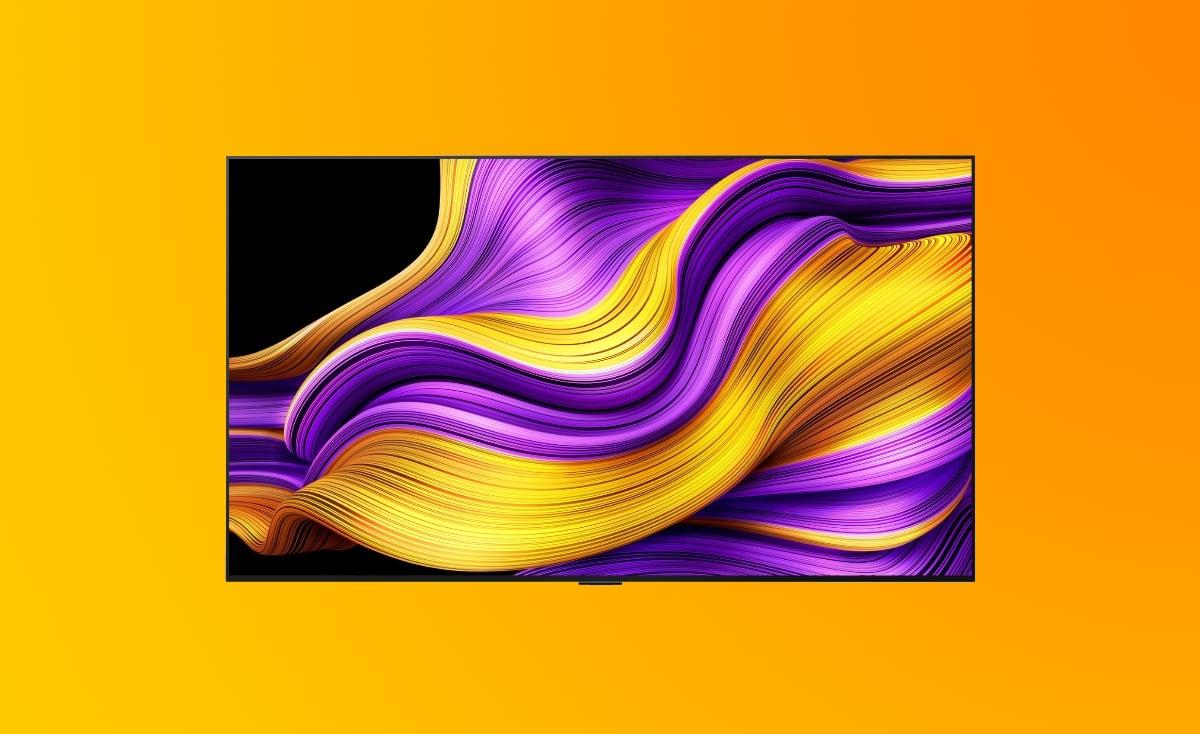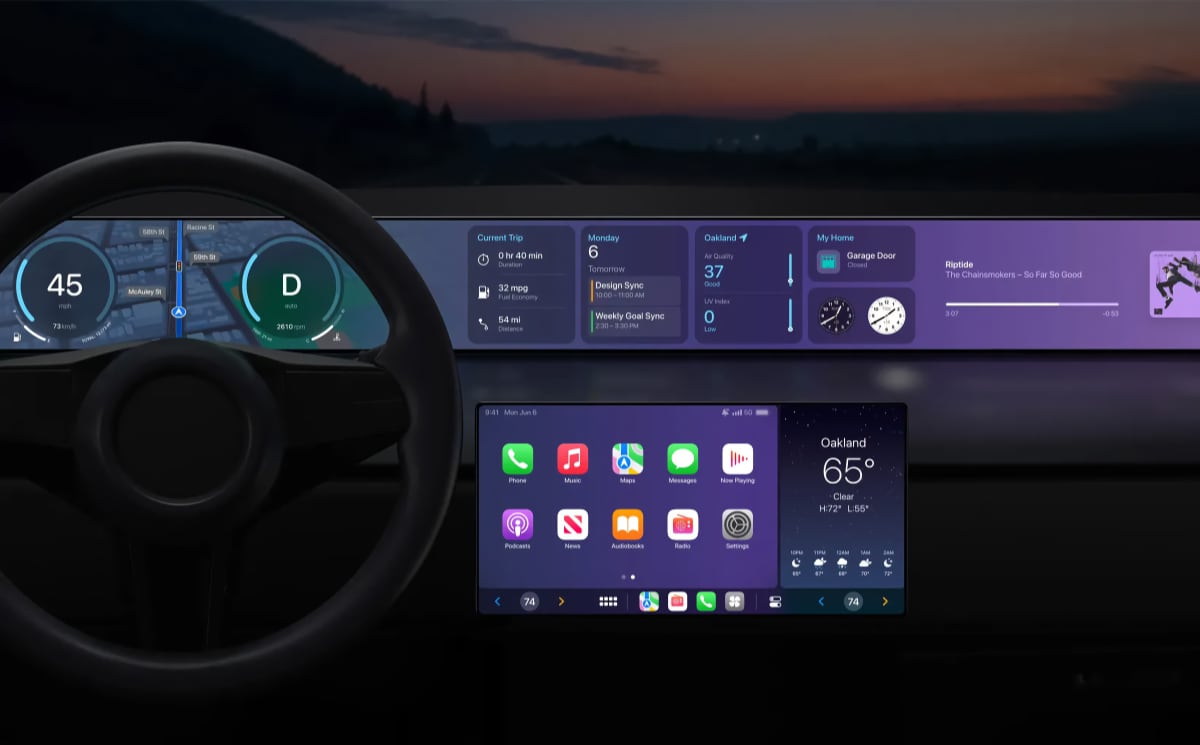Apple has unveiled the iPhone 7 and it comes with an improved display with DCI-P3 color gamut. It is also 25% brighter for better outdoor use. DCI-P3 can help visibly improve picture quality and the new camera in iPhone 7 can also capture in DCI-P3.
iPhone 7 with DCI-P3 color gamut
Apple iPhone 7 has several new features but as usual we are most excited by the visual stuff. Apple is rumored to embrace OLED technology next year but iPhone 7 will remain on LCD for now. Instead, Apple will elevate picture quality by using wide color gamut.
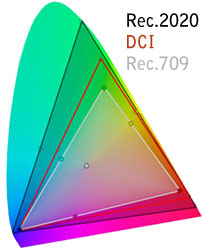
DCI-P3 covers 25% more colors than sRGB
DCI-P3 was originally developed by Hollywood for feature films and covers about 42% of the visible spectrum, which is a significant and very visible improvement over sRGB. Apple first added DCI-P3 support in its 5K iMac in October 2015 and later on the 9.7” iPad Pro in March 2016.
DCI-P3 support is now coming to the iPhone for the first time. When it was introduced on iPad Pro we wrote:
”DCI-P3 covers 25% more colors than sRGB, especially at the red and green primaries. In practice this means that the display is capable of reproducing for example Coca Cola red and in general just more of the colors that the human eye can perceive. DCI-P3 support is important for professionals working with video editing.”
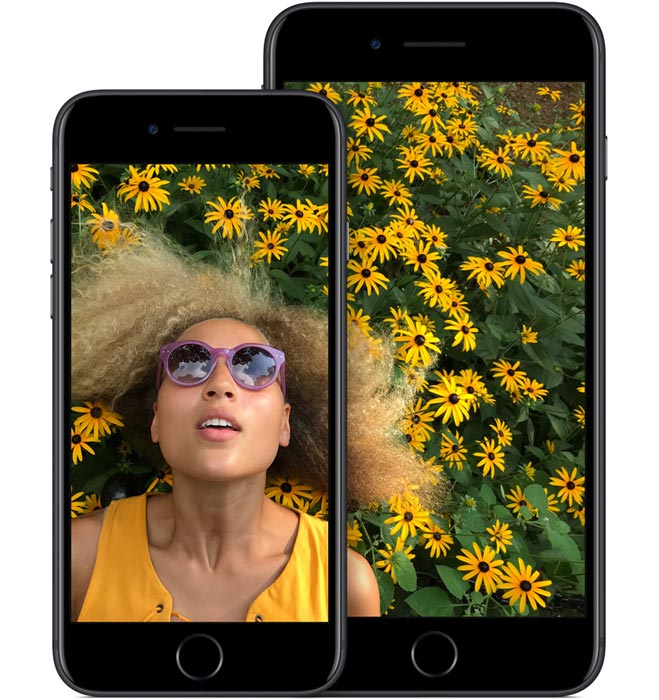
When Apple implements new technology it usually does so on the deep system level. It is no different for DCI-P3. The challenge with employing a wider color gamut is significant. If you just integrate a screen with a wide color gamut, it will make colors on the web, in apps and in games inaccurate as the screen will pull colors out to fit the wider color gamut. This happens on many other phones with wide color gamut screens unless you manually deactivate it. In other words; color accuracy will be destroyed. Therefore the operating system needs proper “color management” on a system level. Color management will ensure that for example photos taken in sRGB will be reproduced in sRGB on the display - the same for photos taken in DCI-P3.
Apple calls its color management system ColorSync and it has been integrated on a system level in Mac OS X for years to ensure that colors remain accurate. ColorSync is likely the most accurate color management systems in the PC ecosystem. And with last year’s release of iOS 9.3 (on 9.7” iPad Pro), Apple brought ColorSync to iOS at a system level. It is ColorSync that lays the foundation for wide color gamut in iPhone 7 and ensures that it will continue to accurately reproduce colors - no matter what you throw at it.
iPhone 7 has a 4.7" LCD display with 1334x750 pixels and iPhone 7 Plus has a 5,5" LCD display with 1920x1080 pixels. There is also 3D Touch in the display

Apple also said that the display is 25% brighter. This will ensure that the display is still clearly readable even in outdoors when the sun is shining bright.
To complete the story, Apple has integrated a new camera that can capture photo and video in DCI-P3 color space, adding that iPhone 7 has a "wide color system from camera to display". There are two cameras in iPhone 7 Plus, one of which has optical zoom and the ability to create bokeh.
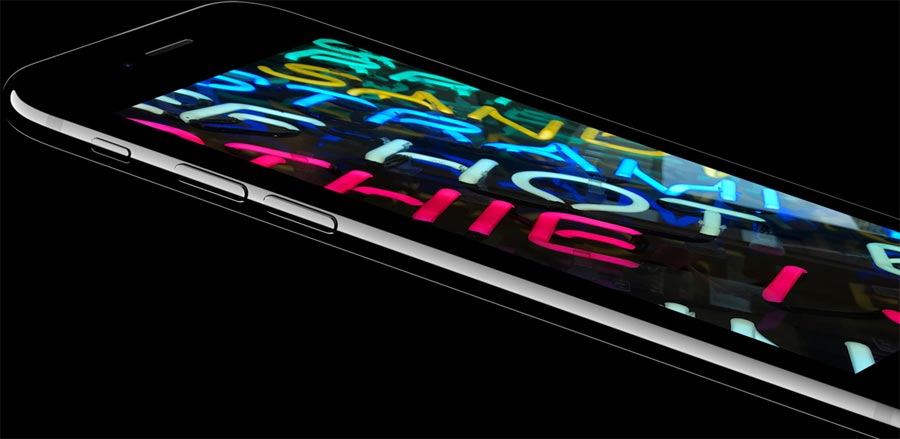
The brain of iPhone 7 is the A10 Fusion processor with 4 cores, two of which are low-power cores. The A10 chop has a GPU that is 50% more powerful than the A9 in the iPhone 6s. Apple proclaims that it is the fastest chip in a smartphone ever. iPhone 7 no longer has a jack port but will instead support wireless sound via AirPods headphones that are built on a custom-made Apple W1 chip. The AirPods can also receive Siri voice commands. Lastly, iPhone is water-proof (IP67) and has a new home button.

